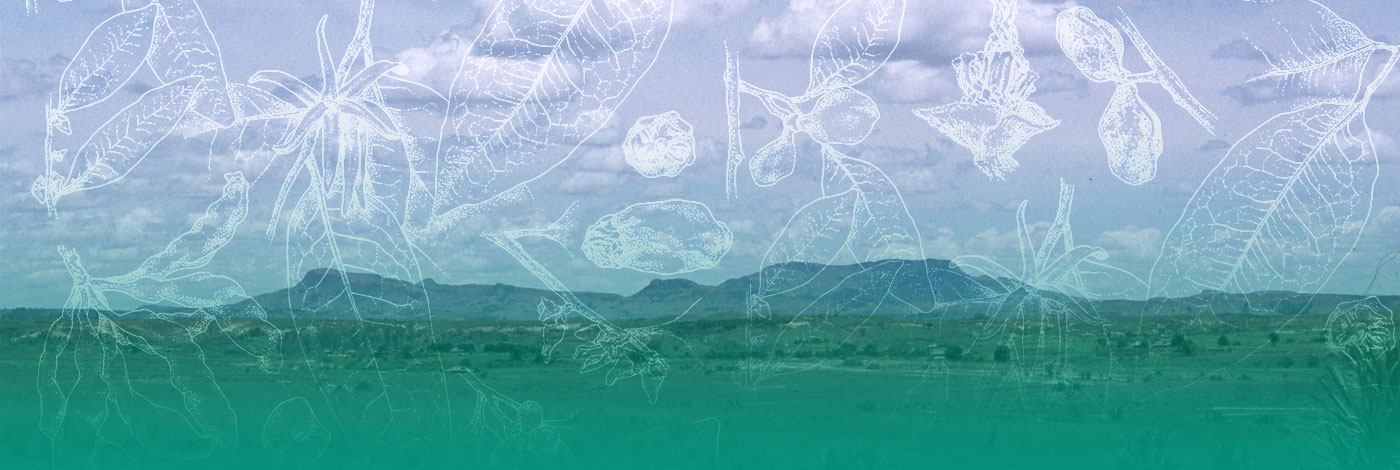
 Adansonia
35 (1) - Pages 107-134
Adansonia
35 (1) - Pages 107-134The flora of the High Sangha, just like that of Congo as a whole, develops in the corridor of the “Sangha River” of Guineo-Congolian area. Still badly known, it is studied according to a North-eastern South-western floristic gradient, corresponding to a phytogeographical distribution extending from the Atlantic element (Nigero-Cameroono-Gabonese) to the Cameroono-Congolese element. On both side of the Sangha River, the surface of study is subdivided in three sectors whose central zone is the floristic junction between South-west and the North-East. The inventory of the individuals of dbh ≥ 10 cm counts 387 species of which 12 mark the South-western sector, 18 for the North-eastern sector and six for the central sector. The vertical distribution distinguishes three layers from unequal importance, of which the percentage of species oscillates from 24 to 42%. Floristic diversity, interpreted by the indices of biological diversity of Shannon (6.51 à 7.89) and Simpson (0.96 à 0.99), of the correlations of similarity of Jaccard (31 to 38%) and of Sørensen (62 to 76%) authenticates the floristic change throughout gradient of study, without any dominance of taxa. The weakest indices of biological diversity characterize the Central sector. The floristic composition of the three sectors, concomitantly, shows a reduction in the number of individuals for certain species, and concerning some others an extinction of their surface of distribution, as approaching or moving away from the Sangha River. The ecological characteristics of the flora show 77% of sarcochores and 88% of mesophylles. The ecological valence and the abundance-dominance ratio show that 72% of species are ubiquists and their density lies between three and five individuals/ha.
Republic of Congo, floristic diversity, ecological indices, Guineo-Congolian region, High Sangha, phytoecology